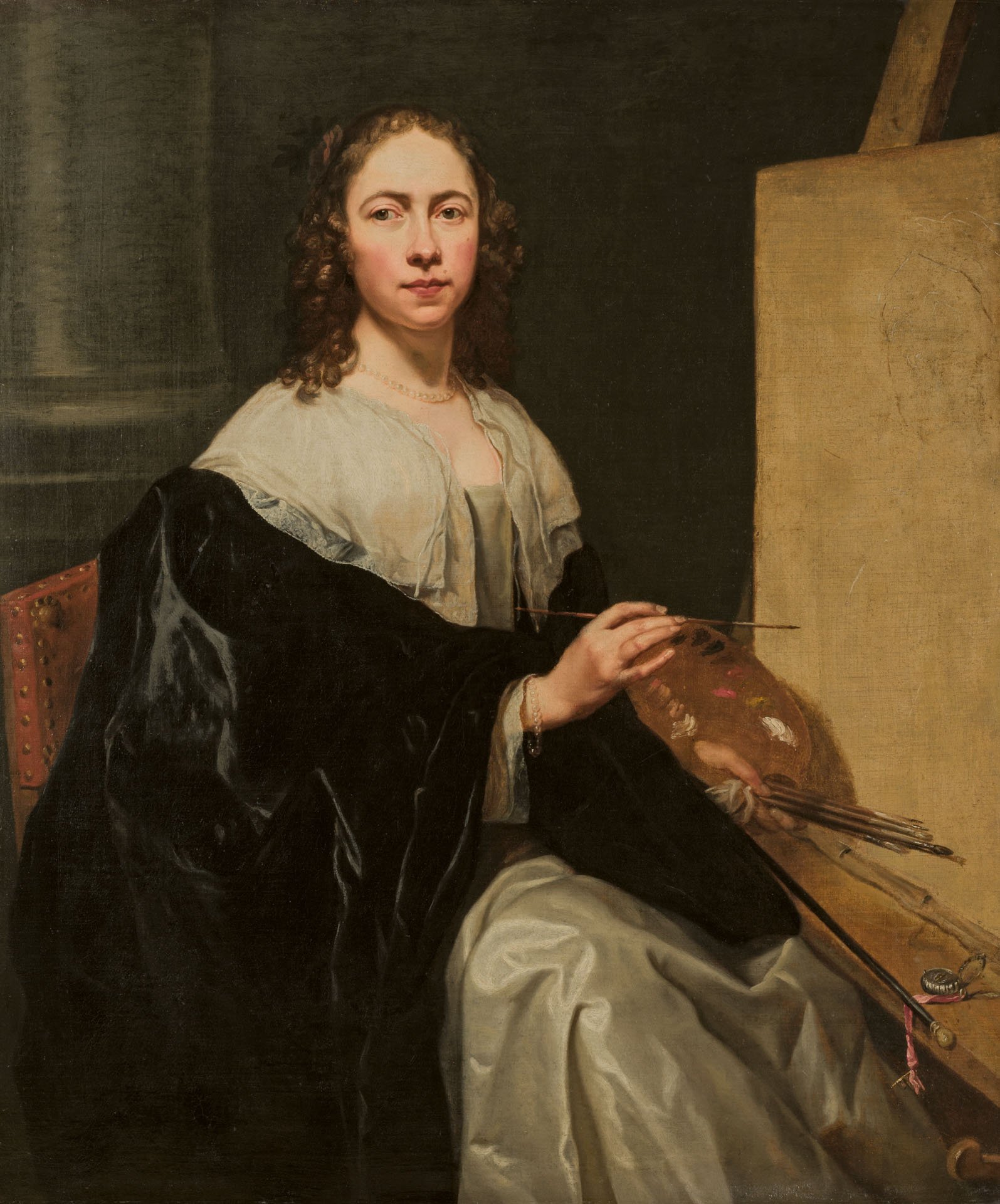Michaelina Wautier, Painter
Michaelina Wautier, Self-portrait, ca. 1650. Private collection, photo © Museum of Fine Arts, Boston
Michaelina Wautier is considered one of the most important painters of her time. In an era when woman artists worked primarily in still lifes or genre painting, Wautier also gained recognition for her ambitious history paintings. But she is also someone about whom we know very little. The exhibition offers a contemporary female perspective on both traditional and innovative pictorial themes and the male body.
The little that we know today about Michaelina Wautier is limited to bits from her biography. We are not even able to say the exact year of her birth. She was probably born around 1614 in Mons (Waloon province of Hainaut in present-day Belgium), one of 12 children. Although Michaelina’s family did not belong to the nobility, she grew up in an educated family environment. In addition, her family had connections with the De Merodes one of the most important noble families of the south Netherlands, where the area around Mons was located and which probably played a decisive role in the Wautier children’s development.
Michaelina’s mother died in 1638, her father had already passed away in 1617. It is thought that around this time, Michaelina and her older brother Charles, who worked as a painter, found their way to Brussels. In Brussels Michaelina achieved considerable fame. Her earliest confirmed work is a portrait dated 1643. Her pictures soon became bigger, their themes more diverse. She addresses a religious subject in large format in 1649’s The Mystic Marriage of St Catherine6, which she signed ‘Michaelina Wautier invenit et fecit 1649’ (‘Michaelina Wautier conceived and made it 1649’). With it, she demonstrated her confidence as a painter – a history painting of such quality by a woman was at that time unknown in the Netherlands. (This is a summary of an article on the artist on the exhibition website.)
